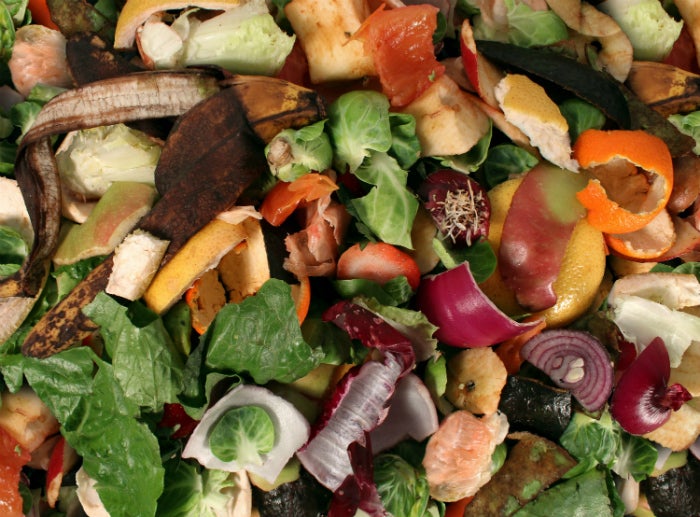
Fresh food packaging manufacturer LINPAC has teamed up with Tesco and Cargill, leading supplier of chicken products, to launch a new split pack for poultry that addresses portion control and food waste concerns.
The trio of companies have worked together to create a new perforated tray designed for two chicken breast fillets. The MAP tray then splits into two compartments allowing consumers to store the food as individual portions in completely sealed packs.
Andrew Copson, managing director LINPAC UK, Ireland, Middle East and Australia, said: "The amount of food that goes to waste every year is unacceptable and emphasises more than ever how important it is for food companies, packaging manufacturers and retailers to work together to reduce the amount of food sent to landfill.
"Our new split packs have a specially designed perforation making it easier for consumers to separate the portions, without breaking the all-important seal. Consumers only use what they require, whilst keeping the remainder in the fridge with all the shelf-life and food safety benefits of an unopened pack."
A WRAP spokesperson added: "Our research shows the UK wastes 110,000t of avoidable poultry meat each year. Providing consumers with convenient portion and packaging solutions to help them reduce the level of waste is a welcome step. WRAP estimates that if similar packs were adopted across the whole market, up to 10,000t of food waste could be prevented."
The portion-sized packs are ideal for single-person households, which have increased by 30% in recent years. The packs have been created following consumer based research carried out by Tesco, who identified a group wanting to see portion control introduced into poultry trays.
Raymond Li, buying manager for product packaging at Tesco said: "I am delighted to have worked with our supply base partners to launch an innovative pack that meets our customers’ wishes and follows inclusive design principles. Make no mistake, this packaging has taken time and effort to create and we could not have achieved it without collaboration.”
Dr Mark Caul, technical manager for packaging at Tesco said: "We have asked our customers what they would like to see in the poultry sector and the response was very clear, portion control to help reduce waste in the home. Consumer convenience goes to the heart of this project and I am proud to have been part of it."
The LINPAC tray has increased in weight by just less than 6g per pack due to its more complex design. However, the use of food safe recycled content from bottle waste has increased by more than 91%, reusing old packaging and turning it into new packaging. To offset the slight increase in pack weight, the new pack is predicted to make a significant contribution to food waste prevention with its unique convenience driven design. The calculation of environmental impact was made using WRAP data based on current Tesco market share.
Dr Caul continued: "Our calculation indicates that the packs could help prevent 1,370t of chicken from going to waste every year with an associated 5,490t reduction in the carbon footprint*. If we extrapolate this across a number of products, we estimate a potential poultry waste prevention of 3,100t and a carbon saving of 12,400t of carbon equivalent. An outstanding result for all the companies involved in the project."
Sam Hales, product design manager, Cargill said: "We have a strong focus on new product innovation and offering customers a choice of products to meet their needs has always been key to our business. This project has allowed us to create a pack which addresses convenience trends, whilst tackling portion control and food waste. We are proud of the collaboration with LINPAC and Tesco and the product we have brought to today’s market."
Moreover, the LINPAC packs have been developed with recyclability and food safety in mind. They are manufactured using high levels of post-consumer recyclate, which has been supercleaned in-house at LINPAC and ensuring the packs exceed European food safety regulations.
*Calculation based on an average tonne of household food waste prevented (Source: WRAP)

